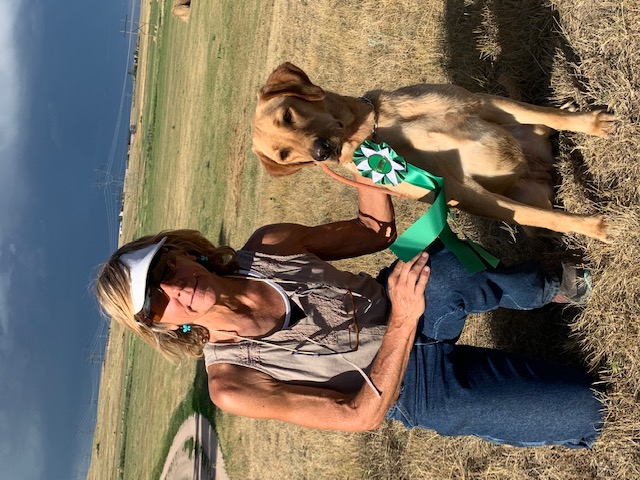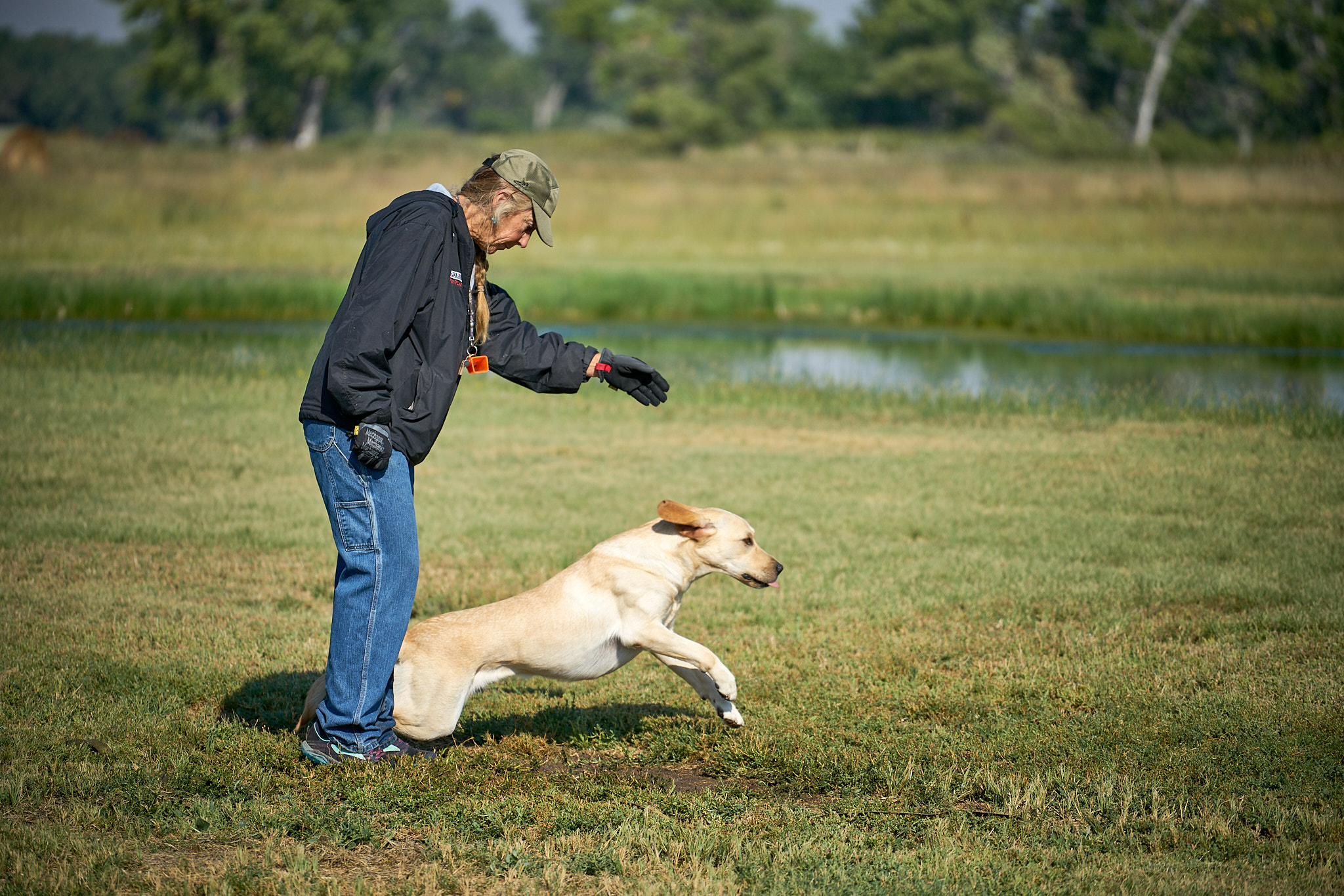
Julie Knutson
Julie started competing with dogs at the age of 10. Stopping only for competitive swimming in high school and college and two engineering degrees, she immediately resumed running AKC Field Trials after starting a professional engineering career. Working and running Field Trials as the evening and weekend hobby (and early mornings and any day of vacation or holiday) she worked her amateur way up to winning Derby’s and Qualifying’s. That’s when she met and married a Field Trial Pro and could no longer run as an amateur.
Two youngsters later, Julie decided to end the engineering 9 to 5 work and take up full time dog training so she could remain at home with her small children. It was then the nature of the dog training and the dogs themselves needed to change a little. Instead of the exhaustive and increasingly difficult work required to compete successfully in the Field Trials, she decided to undertake the ‘less glamorous’ work of gun dogs, hunt test dogs and pointing retrievers. This group of dogs and desired outcomes became a much wider range; in what was being asked of the dogs, and of the different kinds of dogs being asked to perform. No longer did she find that what worked with an eventual Field Champion would work with someone’s house pet and fall hunting partner. Understanding the different natures of dogs and different requirements of the owners was possibly a more difficult task than just understanding how to get a dog to do a blind or hold a point.
There were few ‘experts’ around to ask about training dogs in a more general sense. How do you train a dog with only a moderate interest in the work? Not much out there on that topic. How do you get a dog afraid of water, to come to trust retrieving in the water? How do you get an aggressive and somewhat pointy retriever to hold a point on a bird when they are completely out of sight? Since there were no books, no video’s and only seminars with very specific field performance related outcomes, it was the long hours in the field and in the yard just having to figure out, often times the hard way, how to make this work.
It is from the years of this adventure, learning more from the dogs themselves than any one expert, that the books and the podcast and this video series grew. And the videos themselves are designed to show the variety of dogs that can be encountered. Some are very straightforward, and others have unusual responses and funny idiosyncrasies. Julie tries to show you how to think about approaching dogs that “don’t do what they are supposed to.” What do you do when things don’t work? How can you think about this so you don’t get too frustrated or disappointed, or worse yet: give up on yourself or your dog?
This isn’t always an easy thing to do. If it were, this wouldn’t be necessary and we’d all be out there succeeding at this. But if you can sit back and think about what you are bringing to this activity, and what you need to know, and then sit back and really see your dog for their true nature and not just what you wish they’d be – you can do this too.
